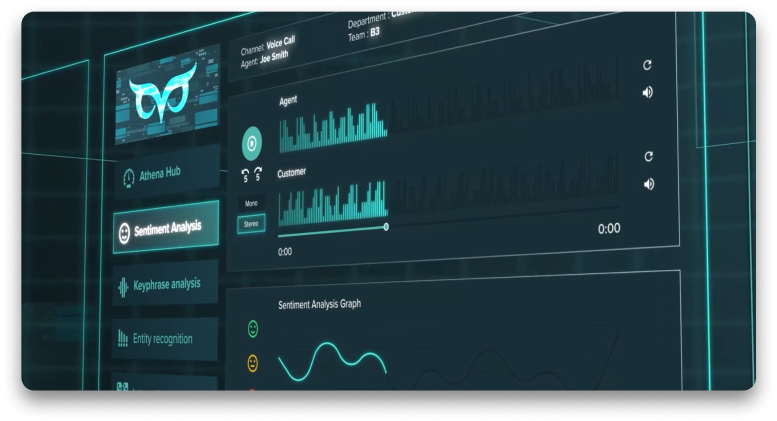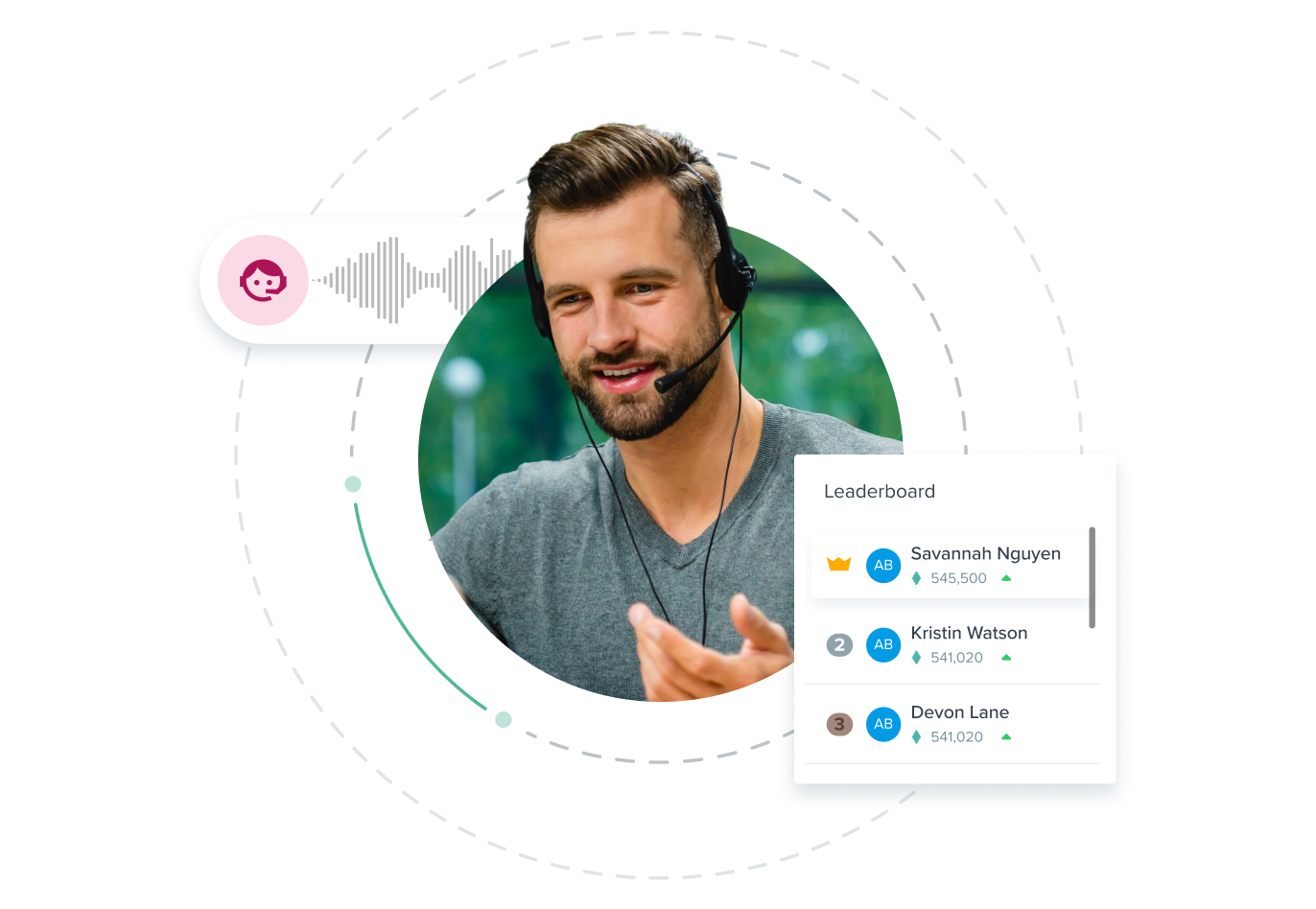Predictive Dialer
If you work in sales or outbound marketing, you’re likely familiar with predictive dialer tools. These tools employ advanced statistical algorithms and artificial intelligence to anticipate when an agent will be available, then launch multiple calls simultaneously to align with the expected agent availability.
In previous articles, we briefly discussed the various types of dialers tailored for call center agents and sales representatives, highlighting how each can cater to diverse business requirements. Here, we’ll discuss the Predictive Dialer: its definition, how it stands out from other dialer types, its operational processes, and the advantages it offers to businesses.
What is a Predictive Dialer?
In a previous article, we discussed how a Dialer, whether hardware or software, aids sales or contact center agents in initiating outbound calls by automating the dialing process from a contact list and connecting established calls to available agents. While we provided a brief overview of Predictive Dialers in that article, we’ll delve deeper into their functionality here.
A Predictive Dialer distinguishes itself from other types of Dialer by employing sophisticated statistical algorithms and Artificial Intelligence to anticipate agent availability. Unlike other dialers that adhere to a predetermined strategy set by a human agent, Predictive Dialers autonomously adjust their pace and strategy. They analyze data such as call duration, agent availability, and customer priority to initiate multiple calls simultaneously, timing each call just seconds before an agent completes their current one.
This intelligent software avoids routing outbound calls to busy agents and effectively filters out busy signals, unanswered calls, and disconnected numbers. Agents are exclusively connected to answered calls, minimizing wasted time and maximizing conversation time with responsive customers.
The result is heightened agent efficiency, time savings, increased successful connections per agent per day, and ultimately, more conversations and conversions.
But how does a Predictive Dialer work? We’ll outline it in the following section.
Predictive Dialer: how does it work?
The functioning of a predictive dialer involves several steps. In essence, it begins by utilizing predictive algorithms to forecast when agents will become available. Subsequently, it initiates the simultaneous dialing of multiple numbers, surpassing the number of available agents, as some calls are expected to result in no response, busy signals, or voicemails. The dialer then filters out unanswered calls and connects live calls to available agents to minimize idle time.
Predictive dialer software relies on mathematical algorithms to guide dialing decisions in alignment with business objectives. These algorithms take into account various variables, such as the typical duration of conversations or call handling times for each team, indicating the average successful call durations. They also consider factors like the number of attempts made by the system to reach a human recipient when placing outbound calls to a specific number, as well as customer abandonment rates for calls not promptly attended to by agents. Additionally, they assess the current availability of outbound agents within the organization, distinguishing between those ready for the next call and those currently engaged.
Based on this information, the predictive dialer predicts when an agent will become available and initiates calls on their behalf. By simultaneously dialing multiple numbers, the system provides agents with a continuous flow of calls, minimizing downtime and eliminating the need for manual searching through contact lists or waiting for the next call.
In the event of unanswered calls, the predictive dialer promptly moves on to the next number on the contact list. During periods of heightened call center activity, it can adjust its pace or temporarily pause operations until agents are nearing the end of their ongoing calls.
Moreover, predictive dialers are capable of collecting and monitoring campaign-related data, leveraging contact center analytics or interaction analytics to enhance efficiency. This heightened efficiency enables businesses to run multiple campaigns concurrently, among other benefits. Let’s further explore some of these advantages.
Benefits of Predictive Dialer
Predictive dialers offer several key benefits that significantly enhance operational efficiency and overall productivity for businesses:
Enhanced Productivity
Predictive dialers operate at a much faster pace than manual dialing, enabling agents to handle a larger volume of calls efficiently.
Minimized Human Error
These systems eliminate the potential for human errors in dialing numbers, ensuring precision and saving valuable time.
Boosted Conversion Rates
By reducing the time wasted on unanswered calls, predictive dialer software allows agents to engage more effectively with responsive customers. It also identifies optimal calling times and facilitates targeted campaigns through automated messages.
Reduced Operational Costs
The time-saving and productivity-enhancing features of predictive dialers result in cost savings for companies. Additionally, cloud-hosted solutions further minimize IT expenses and allow for continuous operation.
Predictive dialers utilize data to determine the most appropriate times for contacting customers, enhancing the overall customer experience by respecting do-not-call lists and considering different time zones.
Performance Evaluation
Some predictive dialers incorporate metrics to monitor results and customer feedback, enabling organizations to assess their progress and identify areas for improvement.
What types of businesses use Predictive Dialers?
Businesses across various sectors commonly utilize predictive dialers, with a significant presence observed in sales, telemarketing, and market research industries. These sectors often operate large contact centers handling substantial call volumes. In such environments, predictive dialers prove invaluable for optimizing agent efficiency and managing call traffic effectively.
However, the applicability of predictive dialing may vary for smaller businesses. While the technology offers undeniable benefits, its effectiveness relies on access to extensive data from multiple agents to make accurate predictions. Smaller businesses may find it challenging to generate sufficient data for predictive algorithms to function optimally, thus limiting the potential benefits.
Moreover, certain businesses, particularly those dealing in high-value products or prioritizing personalized client interactions, may opt for manual dialing methods. These businesses prioritize quality over quantity and prefer a more hands-on approach to customer engagement.
Beyond sales-related activities, predictive dialing serves diverse purposes such as monitoring customer satisfaction, disseminating information, scheduling appointments, fundraising, political canvassing, and public awareness campaigns. Its versatility extends its utility across various sectors beyond traditional sales and marketing functions.
If you enjoyed reading this, you might also be interested in…
Auto Dialer
Preview Dialer
Predictive Dialer
Power Dialer
Dialer Software



